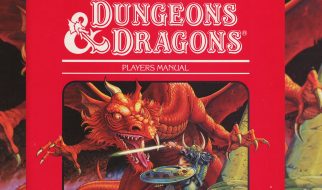A Puzzle is presented where there are twelve identical looking islanders and a seesaw. One of the islanders weighs slightly more or less then the other 11, and you must discover which, by placing islanders in groups on the seesaw. However only three measurements are allowed.
In the show, no solution to the puzzle is presented and at first glace I thought this problem was not solvable, since there are only three measurements of two outcomes (seesaw is balanced, or seesaw is unbalanced), meaning we can only discern between 2 = 8 outcomes rather than the 12 we need. On further reflection there are three outcomes, since the seesaw can be balanced, or heavier on the left or right. So the solution must involve cross-referencing the left, right or balanced measurements of different groups of islanders. Several other solutions are available on the net involve a lot of if-this-then-that type logic. Presented below is a simpler solution.
Each islander is given a position to sit on the seesaw for each round. L: sit on the left, R: sit on the right, -: don?t sit on the seesaw.
The pattern for all islanders is below:
person: A B C D E F G H I J K Lround 1: L L L L R R R R ? ? ? -round 2: L L R R R ? ? ? L R L -round 3: L R R ? ? L R ? L L ? R
For example person F will sit on the right, then stand out, then on the left.
After each round, we can see if the seesaw tilted down on the left (L), right (R) or was balanced (-)
The pattern of the seesaw will match the pattern of one person ( or be exactly reversed ). That person is the heavier (or lighter)
The nice thing about this approach is that the logic is very simple (you just need to know the pattern) and you will always find out whether the person is lighter or heavier.
The tricky bit for me was figuring out that the left/right/balance needed to be cross-referenced, then discovering a pattern for each islander, where;
- the same number of islanders are always on each side of the seesaw
- no pattern is repeated
- the opposite of each used pattern is not used
Note: I?ve since found out this is a variation on a puzzle involving 12 balls and a set of scales, but the same solution works here too.

